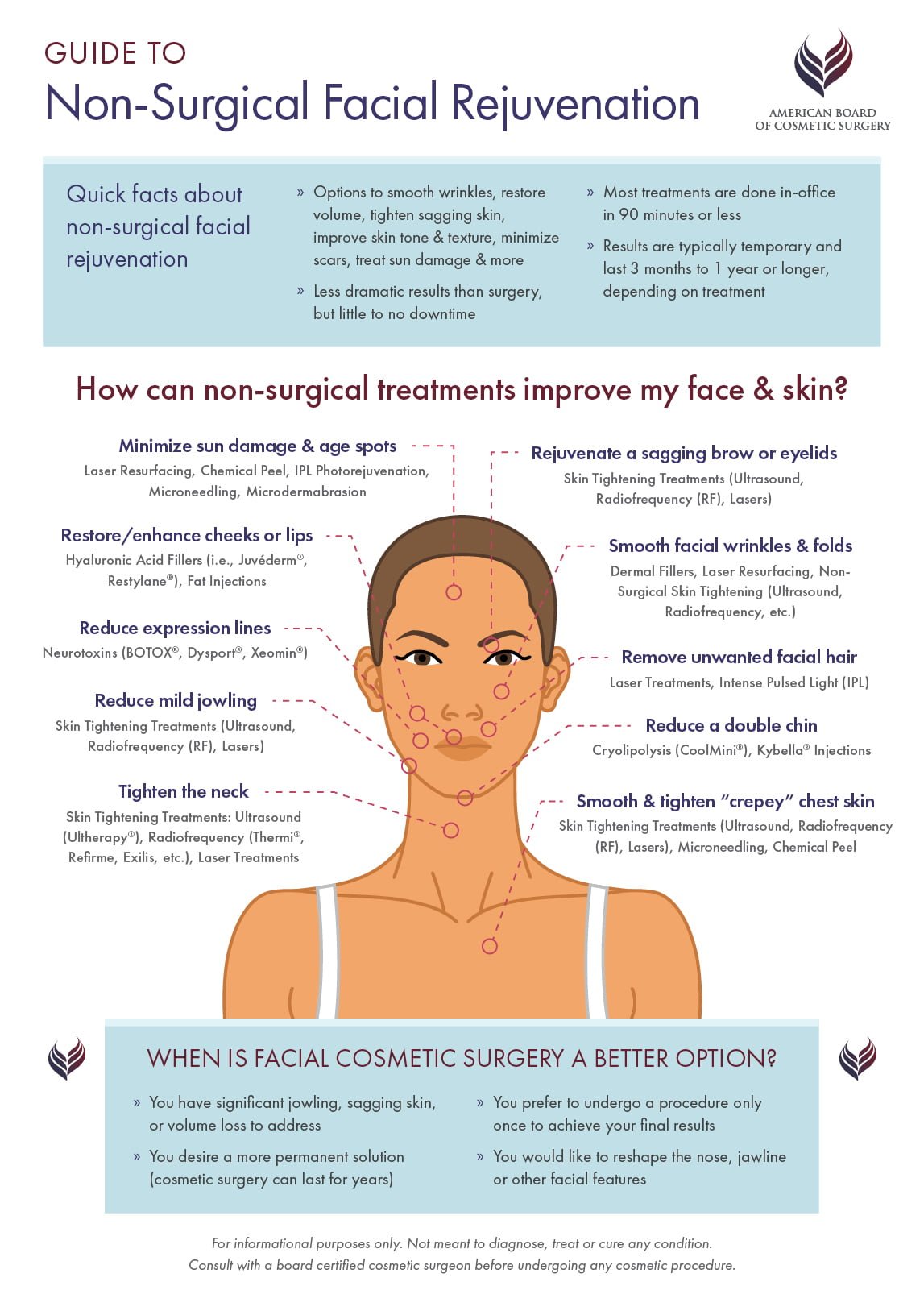Latest Research On Acne Cures
Latest Research On Acne Cures
Blog Article
Causes of Acne on Cheeks
Acne breakouts in the cheek location are set off by many points, from touching your face frequently to not altering your pillow case typically enough. Picking at imperfections enhances your risk of infection and scarring, and particular drugs can get worse dark areas (postinflammatory hyperpigmentation).
Thankfully, there are numerous methods to avoid and treat cheek acne. These include:
1. Hormonal Changes
Acne is mostly caused by hormones, especially those produced during puberty and maternity. For some, a family history of acne might additionally add to their problem. Anything that blocks pores, such as oil-based skin care products or waxy hair products, can cause acne. Numerous topical therapies, like benzoyl peroxide and salicylic acid, can deal with microorganisms and unclog pores. Those with serious or chronic acne ought to seek treatment from their doctor.
Stay clear of touching or pressing your acne, as this can press a few of the germs deeper into the skin, leading to an extra extreme outbreak. It is likewise essential to change pillowcases regularly and make use of tidy make-up brushes. You ought to also try to stay clear of toxic irritants such as rubbing from using a helmet or tight collar.
2. Diet regimen
The oily, sugary foods that many people think trigger acne might in fact refrain from doing so. As a matter of fact, researches have actually shown that eating a diet regimen abundant in whole, nutrient-dense foods helps to stop outbreaks.
Foods high in the glycemic index (such as white bread, corn flakes, puffed rice and potatoes, doughnuts and other breads) increase blood glucose levels promptly, and this can boost hormones that increase oil production and bring about acne.
Consuming cow's milk has also been connected to boosted acne breakouts. If you are a normal cow's milk enthusiast, you may want to attempt changing to low-fat or nondairy alternatives that are strengthened with calcium. Furthermore, consuming more water can aid to decrease acne because it aids to maintain the skin hydrated.
3. Excess Oil
While oil is important for healthy and balanced skin, it can end up being a problem when way too much sebum combines with dead skin cells and blocks pores. This mix can produce blackheads, whiteheads and pimples. The obstructed pore wall can break down and spill microorganisms, dead skin cells and sebum right into surrounding skin. This causes a red bump referred to as a pimple. Often these red bumps have pus in the center from a microbial infection. Larger infected bumps that resemble acne are called cysts.
There are numerous points that can trigger excess sebum and blocked pores, consisting of hormone fluctuations, diet regimen and everyday habits. Some instances include touching the face regularly, resting your hand on your cheek, making use of filthy makeup brushes and not altering pillow cases routinely.
4. Stress
If you're managing throbbing acnes or a multitude of blackheads and whiteheads, it might be time to speak to a dermatologist. They can advise an effective therapy that suits your skin medical facilities near me kind. Practicing leisure and stress-reduction techniques likewise helps.
Acne can happen in the cheeks due to friction and stress, such as when a person touches their face regularly or uses a hat or sporting activities helmet that scrubs versus the skin. It can also show up where greasy cosmetics and lotions massage against the skin.
Stay clear of squeezing acne, as this can press infected material deeper right into the skin and result in scarring. Rather, see a doctor to learn more about preventative treatments like medicine, skin care products and way of living changes. Consuming a healthy diet plan of entire foods, getting 7 to nine hours of sleep and making use of noncomedogenic makeup and skin care items can all help reduce acne outbreaks.
5. Hair Products
Hair items are not usually taken a reason for outbreaks, yet they can contribute to acne on the cheeks in some people. Pomade acne, which is identified by small shut comedones and papulopustules, is generally triggered by making use of oily hair products that contain comedogenic active ingredients such as certain oils and acetylated lanolin.
Selecting hair items that don't include these possibly comedogenic ingredients is a vital step towards decreasing breakouts. Likewise, making certain that hair products aren't being available in contact with the skin can assist protect against breakouts. For instance, putting on a scarf or bonnet in the evening can restrict hair-to-face contact and decrease the probability that leave-in hair products will rub off onto the face.
Along with making use of a non-comedogenic moisturizer and washing with an acne face clean, various other useful methods consist of: